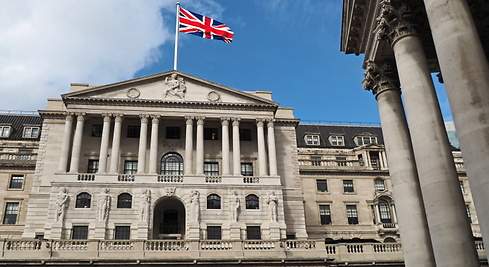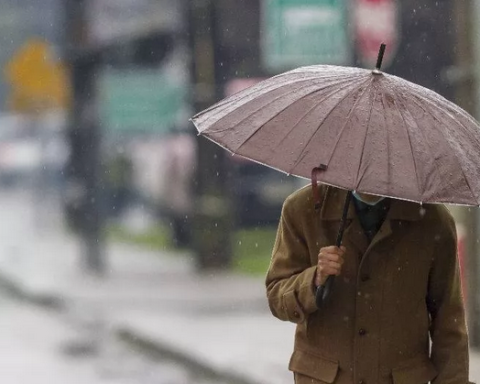The british banks measures have been taken since 2008 credit crisis what do they mean today could go bankrupt without risk for the customers and without having to be rescued by the State, affirms this Friday the Bank of England by publishing his first assessment on the matter.
The bank has reviewed the plans of eight major UK banks, including Santander UK, in the event of financial difficulties, based on the requirements set out in its new resolution capacity assessment framework (RAF). English).
The British banks analyzed in the first RAF report, which will be done every two years, are, in addition to the subsidiary of the Spanish group, Barclays, HSBC, Lloyds Banking Group, Nationwide, NatWest, Standard Chartered and Virgin Money UK.
Read more: Legalize the cultivation and therapeutic use of cannabis
The central bank points out that resolution capacity is a broad concept and its examination does not give “pass or fail” but rather detects satisfactory areas and areas for improvement. In any case, he says, the main takeaway from this Friday is that “if a major UK bank were to fail today it could do so safely – it could remain open and continue to provide banking services vital to the economy.”
“It would be the shareholders and investors, and not the taxpayers, who would be in the first line to bear the costs,” he says, which is a key advance since 2008, when several banks had to be rescued by the State because their bankruptcy was considered to would have had catastrophic effects for the financial system and the economy.
In this first analysis, the Bank of England did not find “deficiencies” or “substantive impediments” (its two worst ratings) in any of the plans, although it did identify flaws in the capitalization strategies of HSBC, Lloyds and Standard Chartered, which are now They will have to correct them. Six of the banks have areas for “further improvement”, two in the case of Barclays, Natwest and HSBC; one Nationwide and Standard Chartered and three Virgin Money.
Santander UK’s plan was the only one that was considered fully adequate. British entities have improved a lot in aspects such as their ability to absorb losses; monitor liquidity needs and mobilize liquid resources; make sure you make contracts bankruptcy-proof; provide basic services and prepare changes in the structure of the group in order to remain open and operational.
Also read: Councilmembers from the Bronx support Álvarez for the State Assembly
They are also now able to more quickly plan restructurings to return the company to long-term viability and improve communication to instill public confidence in the event of financial distress.
The Bank of England’s Deputy Governor for Markets and Banking, Dave Ramsden, stressed in a statement that the RAF “is a central part of the UK’s response to the global financial crisis” and demonstrates how the country “has overcome the problem” of that the banks are “too big to (let them) fail”.
Regulators “have developed a resolution regime that successfully reduces risks to depositors and the financial system and better protects UK public funds,” it says.
Safely managing the possible bankruptcy of a large bank “will always be a complex challenge”, so “it is important that both we and the main entities continue to prioritize work on this matter”, he adds.

















